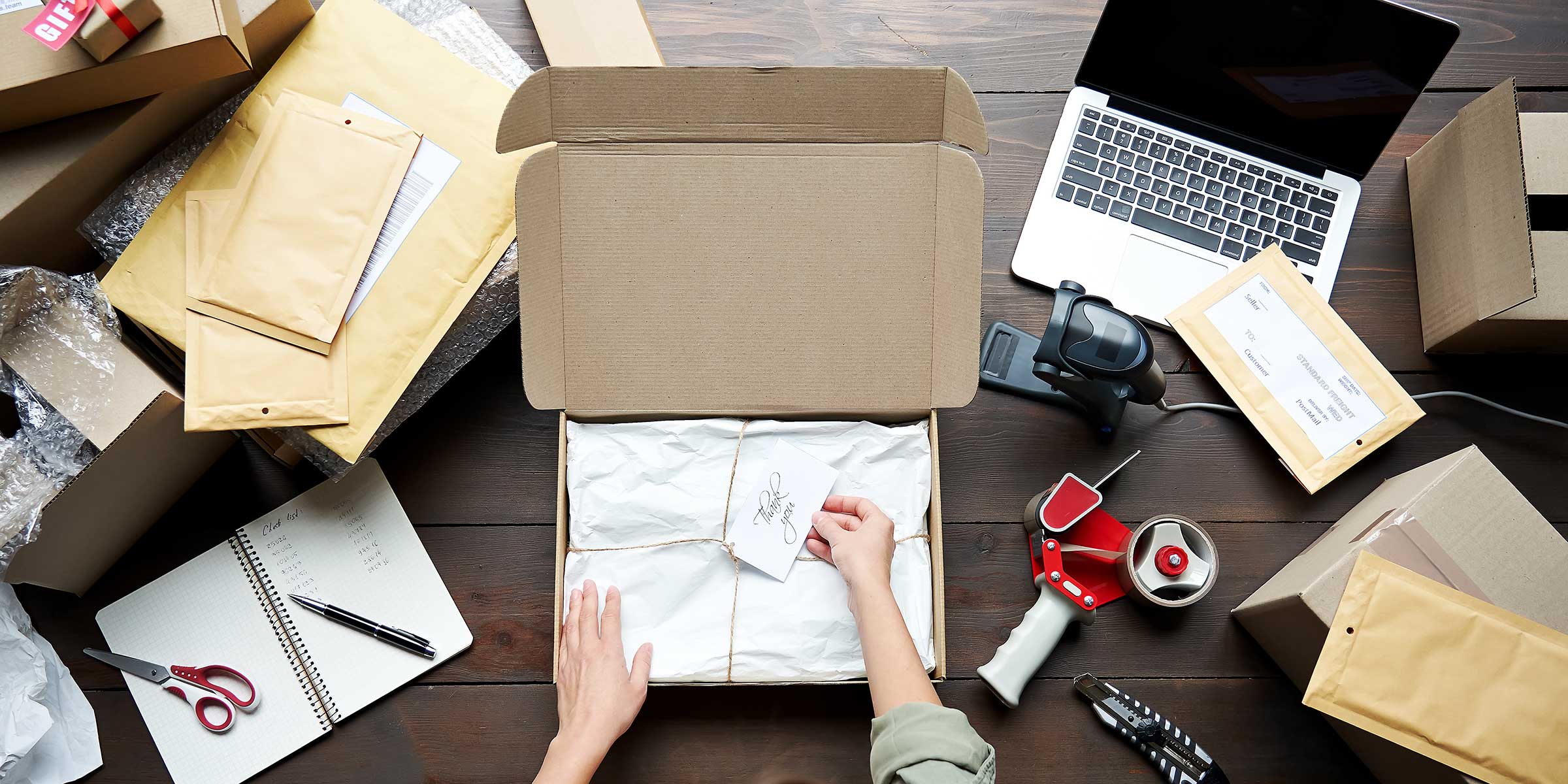Are you shipping air? Optimizing your packaging is a must
If you’re shipping products anywhere in the world, there’s a high chance that you’re being a bit inefficient. Instead of just shipping products, you’re in fact also shipping air. Optimizing your packaging is a huge opportunity to make an impact on both, your business, and the environment.
A recent report by Forbes Insights and DS Smith, The Empty Space Economy, shed light on the challenges, and the takeaways should give e-commerce businesses plenty to think about as they look for ways to increase efficiency.
Should e-commerce businesses take the effort to optimize packaging?
Shipping containers from Asia set sail with about 24 percent of empty space on average. The above-mentioned research from DS Smith revealed precisely such a fact, which may come as a surprise to many. Clearly, opportunities for optimization exist, and the general consensus is that e-commerce businesses can save a lot of money by optimizing product packaging. Businesses can take advantage of more efficient packaging and logistics to lower shipping costs and more.
Quoting the report, 60 percent of executives surveyed by Forbes Insights and DS Smith believe that more than a quarter of what they send out in e-commerce packaging is empty space. DS Smith’s research across seven product categories revealed that on average, empty space ranged from 18 percent for clothing and footwear to 64 percent for glassware. That’s an incredible amount of space companies aren’t using at all.
Environmental benefits of optimizing packaging
Besides saving costs, optimized packaging is good for the environment. How? Essentially, if you could improve packaging efficiency, shipping efficiency will follow suit.
Quoting the Forbes and DS Smith report once again, we found it interesting that each e-commerce packaging delivery is carrying some empty space, with 60 percent being more than a quarter empty. There is more potential for compounding empty space when ordering individual products, which arrive in separate e-commerce packaging. This empty space is most often filled with air pillows, paper filler, or polystyrene.
None of which is good for the environment, so when you can minimize empty space, you’re actually improving sustainability. Making matters more complex, the problem compounds when you receive returned items in the same empty packages. You inadvertently contribute to environmental harm as products leave and return to the warehouse. It all circles back around to wastefulness and a lack of understanding of how empty spaces raise costs. Still, as you move towards a more efficient 3PL that doesn’t ship air instead of products, there are other benefits to keep in mind.
Secure products receive less damage
When packaging fits, the products are more secure and less damaged. That’s the bottom line, and damages during shipping do a disservice to consumers when they receive packaging with broken or defective items.
But, if you were to find a better way to secure products to minimize empty spaces, you can reduce the issue altogether. Essentially, the result is a streamlined packaging and shipping system that lowers the likelihood of damaged products reaching the consumer.
Dimensions count when it comes to shipping
Along those lines, there’s another thing to consider. The dimensions matter when it comes to shipping: it’s not only about the package’s weight.
Dimensional (or DIM) weight relates to the amount of space a package will take up rather than how heavy it is. Each carrier calculates DIM weight a bit differently. But in general, the formula looks something like this:
(L x W x H) / DIM divisor
When it comes to DIM weight, every inch or centimeter matters. Increase the size of that 12x12x12 box to 14x14x14, and the weight goes up to 20 pounds, which is approximately 9 kg.
Snug packaging, therefore, helps save shipping costs.

The customer experience point of view
Packaging is the first point of contact with the actual product the customer purchased online. If your packaging is poor quality or looks bad, the chances are that the customer’s impressions of the products and your company will start off on the wrong foot. As sustainability and environmental considerations gain more and more attention, it may be a good idea to consider sustainable packaging options as well as optimized packaging.
In this blog post, we dig deeper into how to wow your customers with custom packaging.
To-do list for packaging optimization
Standardized packaging isn’t optimal for all products, yet the one size fits all approach still holds strong. It’s also important to make sure the packaging materials are durable. After all, if they aren’t robust, damaged products can reach the consumer. Another thing you can do is ensure that the packaging material you decide to use is easy to handle during shipping. You don’t want rigid materials because the general idea is to avoid excessive air space whenever possible. Otherwise, you’re still wasting resources by shipping air, not products.
The key takeaways:
- A standardized package structure may not be optimal for all products
- Be cautious about the packaging material
- Make sure the packaging material is durable
- Make sure the packaging material is easy to handle
- Try to avoid excessive air space whenever possible
Do you want to learn more about what we can do to improve your company’s shipping and e-commerce logistics efficiency? Contact our e-commerce specialists and find out.